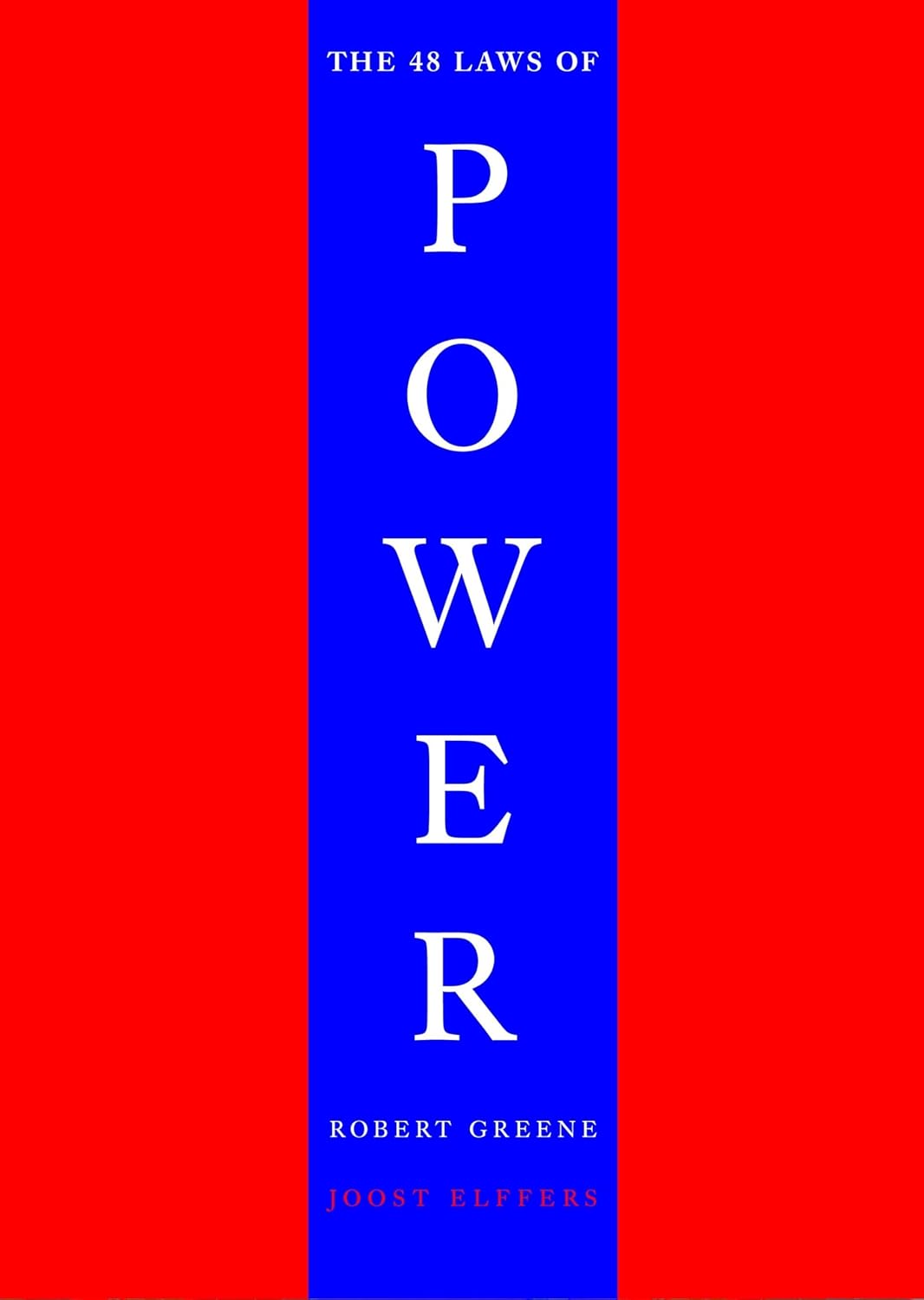LAW 42: Strike the Shepherd and the Sheep Will Scatter
byLaw 42 of The 48 Laws of Power , titled “Strike the Shepherd and the Sheep Will Scatter,” conveys the critical strategy of targeting the key figure of influence within a group to weaken and destabilize it. History Throughout, powerful groups, movements, and organizations have often relied on a central leader to maintain unity, direction, and purpose. By eliminating or isolating this leader, the cohesion of the group begins to unravel, often leading to confusion, disorganization, and an inevitable decline in strength and influence.
This principle is evident in the political tactics of ancient Athens, where the method of ostracism was used to prevent any one individual from becoming too powerful or destabilizing the democracy. The citizens would vote to exile figures such as Aristides and Themistocles, who, despite their past contributions, were perceived as threats to the political balance. This approach ensured that the influence of potential disruptors was neutralized before they could consolidate enough power to cause upheaval, reinforcing the idea that removing a central figure prevents larger movements from gaining traction.
Another historical illustration of this law can be seen in the Catholic Church’s strategic maneuvering of leadership. The election of Cardinal Gaetani as Pope Boniface VIII exemplifies how calculated moves at the top level can shape the direction of an institution. His ability to eliminate opposition and secure his authority demonstrates that leadership struggles are often decided by those who understand how to remove key opponents before they become a threat. His reign proved that control over an organization or state often hinges on understanding which individuals hold the power and how to either co-opt or remove them to maintain dominance.
The law is further exemplified in the conflict between Dante Alighieri and Pope Boniface VIII, where Dante, a political opponent, was exiled from Florence, effectively stripping him of his influence over the city’s affairs. Boniface understood that as long as Dante remained in Florence, he could rally opposition and threaten his control. By eliminating Dante from the political landscape, Boniface ensured that resistance lost one of its most vocal and influential leaders, leading to a more submissive and fragmented opposition.
This principle is not limited to politics but extends to corporate and social structures as well. In modern businesses, corporations that experience internal turmoil often see their problems originate from a singular disruptive figure—an executive, board member, or influential employee stirring dissent. Removing such an individual can restore harmony and allow the organization to function without unnecessary conflicts. The same applies in social circles, where groups often have dominant personalities that shape opinions; by sidelining or excluding them, the group’s unity and influence can weaken or shift in a new direction.
Psychologically, this law plays into the way human nature gravitates toward leadership and influence. People seek guidance, and when a central figure provides that direction, they become attached to that leadership, whether in political, religious, or social movements. The removal of this guiding figure creates uncertainty and fragmentation, leading individuals to scatter or become more susceptible to alternative leadership. The effectiveness of this strategy is seen in various revolutions and political coups where the removal of a strong leader—whether through exile, imprisonment, or assassination—often results in the collapse of the movement they once led.
Leaders who understand this law can use it to strengthen their control by identifying threats early and neutralizing them before they become dangerous. Rather than attempting to confront an entire group, the strategic move is to isolate or weaken the individual who holds the most influence over that group. This method ensures that opposition crumbles from within rather than becoming emboldened through collective strength.
The underlying message of Law 42 is that power is most effectively disrupted by targeting its source. history Throughout, the removal of a key leader has often led to the disintegration of entire movements, proving that influence is centralized rather than even distributed. Leaders who fail to recognize this often find themselves overwhelmed by opposition forces, whereas those who act decisively to remove central figures maintain their control and authority for longer periods.
In conclusion, Law 42 highlights the importance of recognizing power structures and the individuals who drive them. By understanding where influence stems from and strategically isolating or eliminating the key player, one can dismantle opposition and solidify authority. Whether in politics, business, or personal influence, the ability to neutralize the leader of a movement remains one of the most effective strategies for maintaining long-term power and control.


